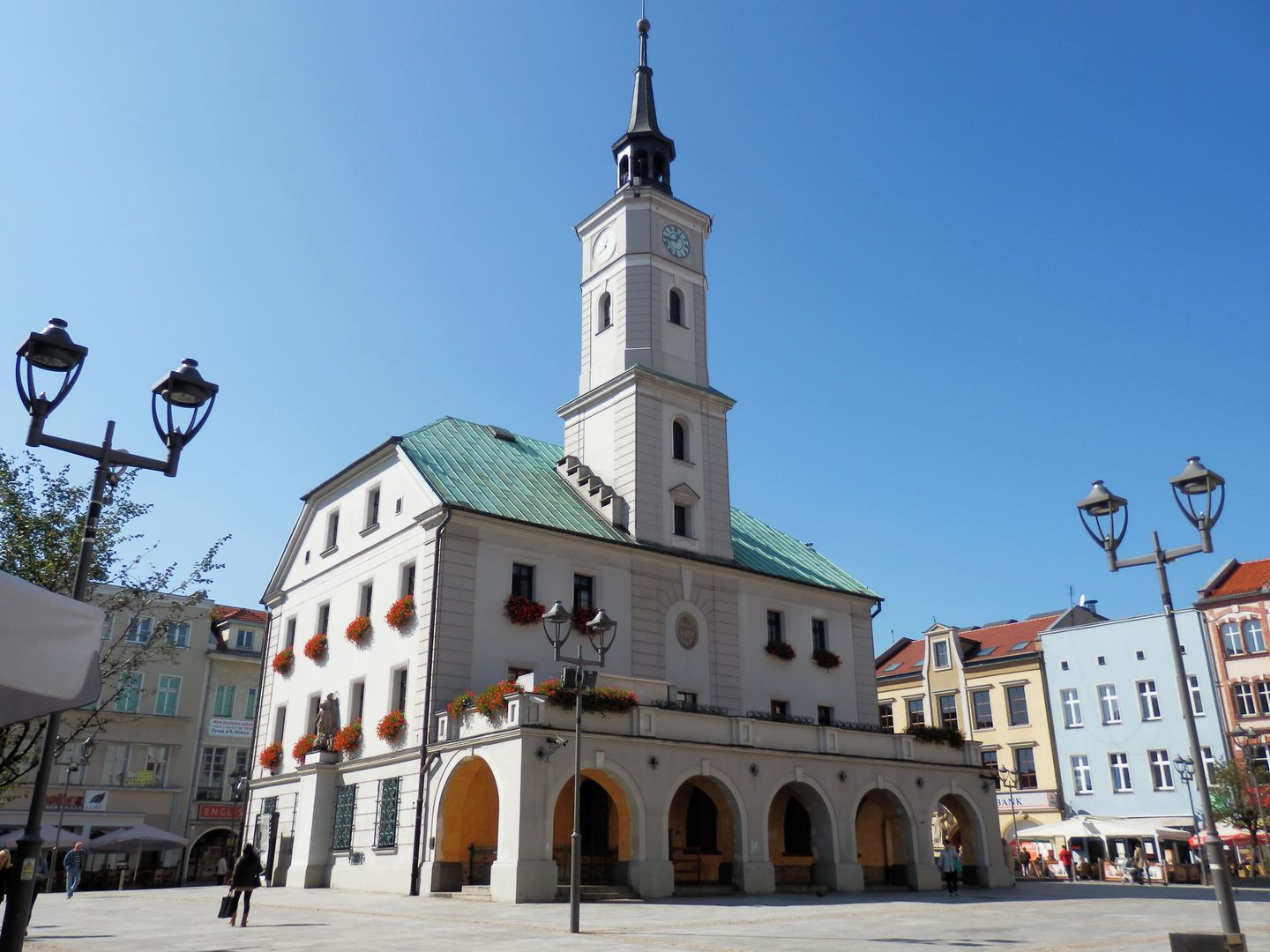Gliwice
8.44

Overview
Gliwice is a city with county rights in Poland, located in Upper Silesia, within the Silesian Voivodeship. The city boasts a rich history dating back to the 13th century when it was established under German law. In 1945, Gliwice was incorporated into Poland. Historically, the city was part of the Duchy of Opole and later came under Habsburg rule. In the 19th century, industrial development turned Gliwice into a central hub of the region, with significant industrial plants such as the Royal Iron Foundry. In the 20th century, production continued in factories like Opel Manufacturing Poland and Bumar Łabędy, which specializes in tank manufacturing.
The architecture of Gliwice combines Gothic, Baroque, and Art Nouveau styles, visible in buildings such as the Piast Castle, the town hall, the ruins of the Municipal Theater, and the Villa Caro. The city also features numerous public utility structures, including the City Defense Walls and the Main Post Office. Gliwice is home to several museums, including the Museum in Gliwice and the Sanitary Technology Museum, which attract tourists. The city is also culturally active, hosting festivals such as the Gliwice Bach Festival and Jazz in the Ruins, as well as showcasing diverse exhibitions in art galleries.
An interesting fact is that in 2016, Gliwice was classified as one of the most polluted cities in the EU. The city has a well-developed transportation infrastructure, including road and rail connections, as well as the A1 and A4 highways, which link it to other parts of the country. Gliwice is an important academic center, home to the Silesian University of Technology and numerous research institutes. Despite its industrial character, the city has preserved green spaces, and in recent years, efforts have been made to improve the quality of life for residents and protect the environment.
Trip Plans
Location
State
Silesian Voivodeship
Country
Tickets
Powered by GetYourGuide
2025 Wizytor | All Rights Reserved









